Resource Center
The Transit Workforce Center is pleased to host a curated collection of publications and other materials to assist stakeholders engaged in transit workforce development. The Resource Center includes case studies, training materials, research reports, and other materials of interest, including publications produced by federal government agencies, transit organizations, and independent research entities. Resources may be filtered by topic, resource type, and transit mode. This TWC blog post explains how to use the Resource Center.
We are continuing to update the Resource Center regularly. Please contact us via the Request Help menu option if you would like assistance using the Resource Center or are looking for resources on a particular topic. We also welcome suggestions of topics or specific resources to add.
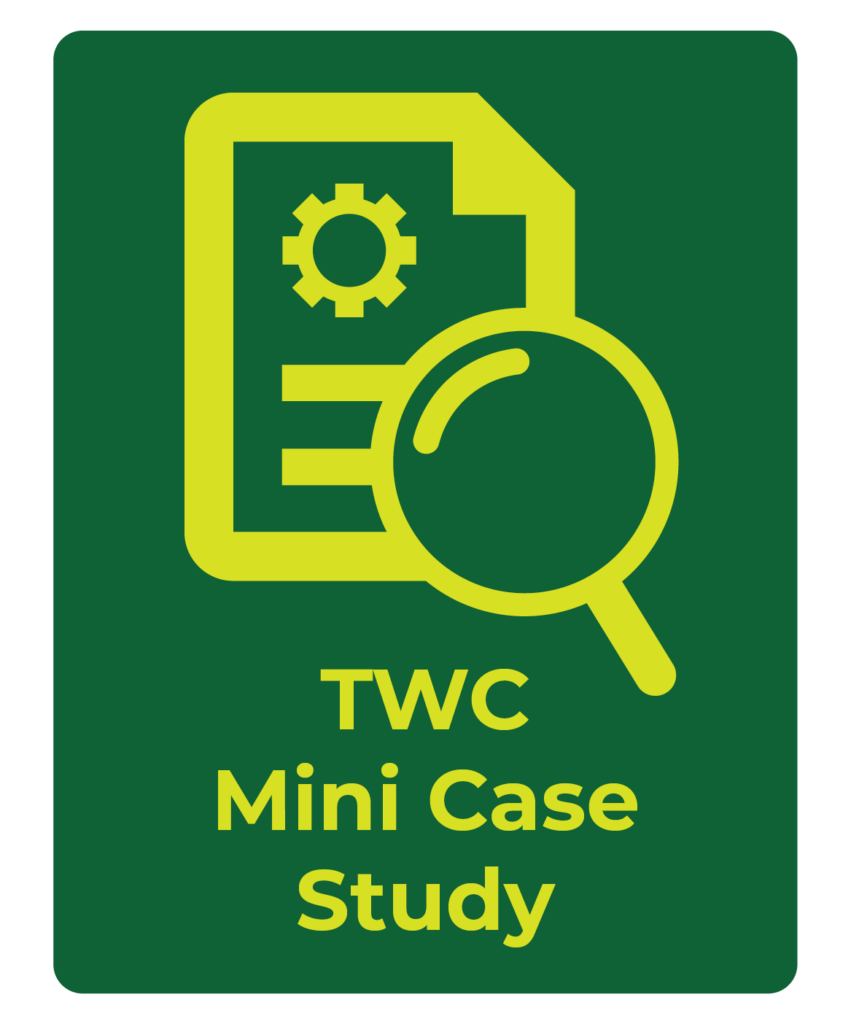
Bus Operator Recruitment and Retention: Confronting Obstacles and Creating Opportunity
This multimedia case study details a high-road training partnership jointly operated by Golden Gate Transit and Amalgamated Transit Union Local 1575.
Transit Workforce Center; Golden Gate Transit; Amalgamated Transit Union Local 1575
June 2022
LEARN MORE
Golden Gate Transit (GGT) serves four counties in San Francisco’s North Bay. GGT suspended approximately 90% of its commute service during COVID. As of Spring 2022, the agency was operating at roughly 50% of pre -COVID service levels, but needed to hire and retain large numbers of bus operators as ridership demand returned. To achieve this goal, a GGT and ATU labor-management partnership created a high-road training partnership that worked with local colleges and California Transit Works to establish bus operator mentorship, pre-apprenticeship and apprenticeship programs. To guide its initiatives and actions, the partnership also examined data and asked underlying questions about the root causes of their employment challenges, resulting in reevaluating and adjusting some of its pathways to employment and hiring guidelines.
This resource contains presentation slides and video of a Golden Gate Transit/ATU presentation. The entire June 7, 2022 TWC webinar, Recruiting and Developing Today’s Transit Workforce, can be found here. It includes a question and answer session, beginning at 51:53, that covers more detail on this and other recruitment initiatives discussed in the webinar.
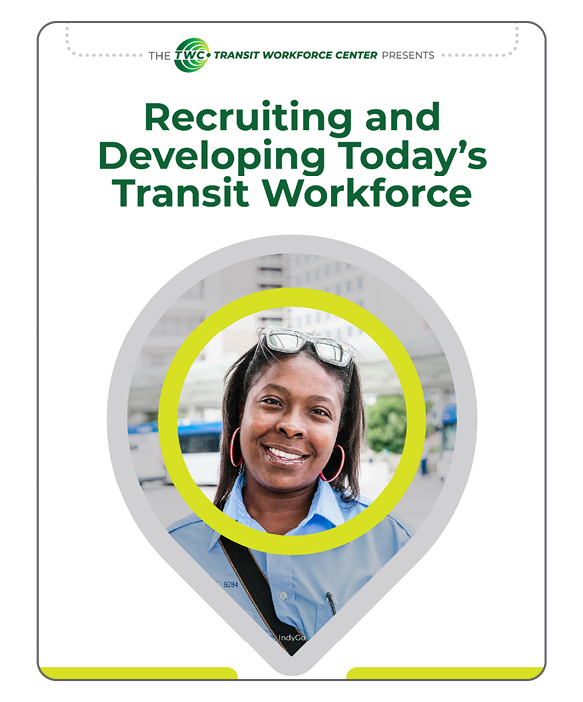
Strategic Workforce Planning in Transit: Recruiting and Developing Today’s Transit Workforce
This is the second in the Transit Workforce Center’s webinar series on strategic workforce development planning in transit. It focuses on how transit agencies and partner organizations are working to meet the significant recruitment challenges across the country and how to best turn these challenges into opportunities to reach, attract, and retain a diverse workforce.
Transit Workforce Center
June 2022
TOPICS: Apprenticeship, Hiring and Recruitment, Labor-Management Partnerships, Mentorship, Retention, Workforce Shortage
Linked below are a video recording of the webinar, the associated slides, and a webpage where all past TWC webinars are available.
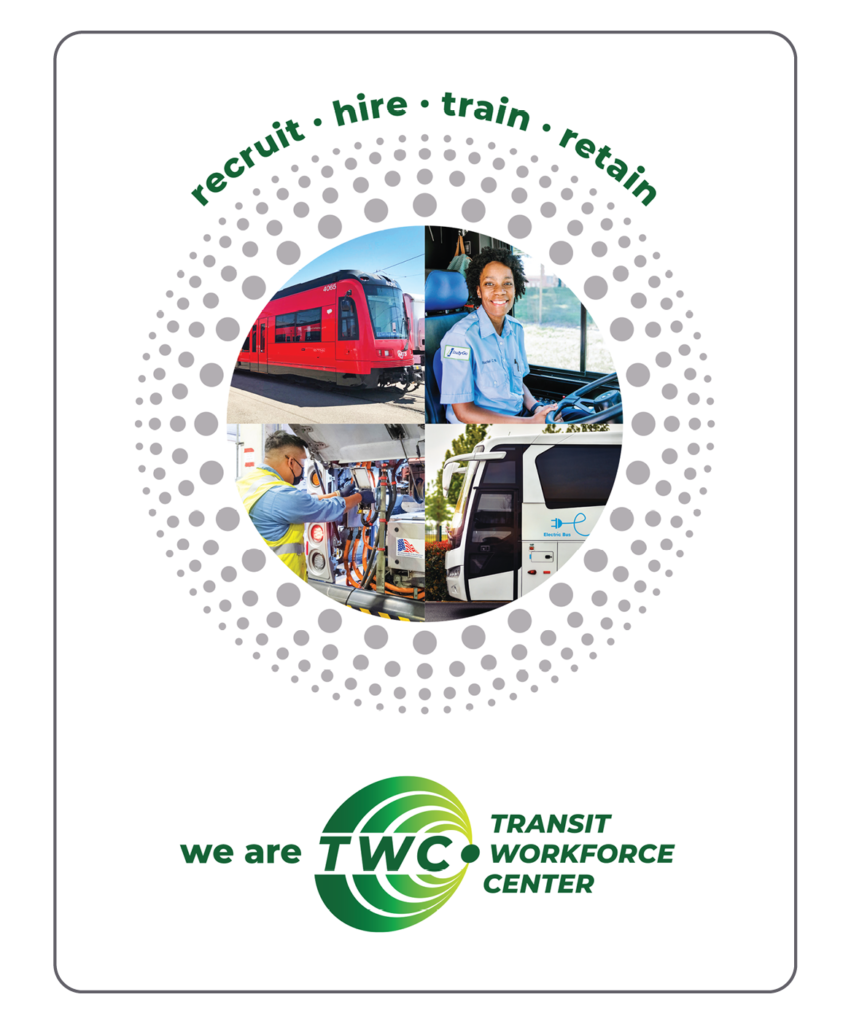
Transit Workforce Center
The Transit Workforce Center (TWC) is the Federal Transit Administration’s first ever national technical assistance center for transit workforce development. Its mission is to help urban, suburban, tribal, and rural public transportation entities recruit, hire, train, and retain the diverse workforce needed now and in the future.
This fact sheet summarizes the TWC’s mission, initiatives, and services.
Transit Workforce Center
March 2022
TOPICS: Apprenticeship, Mentorship, Policy and Planning, Training
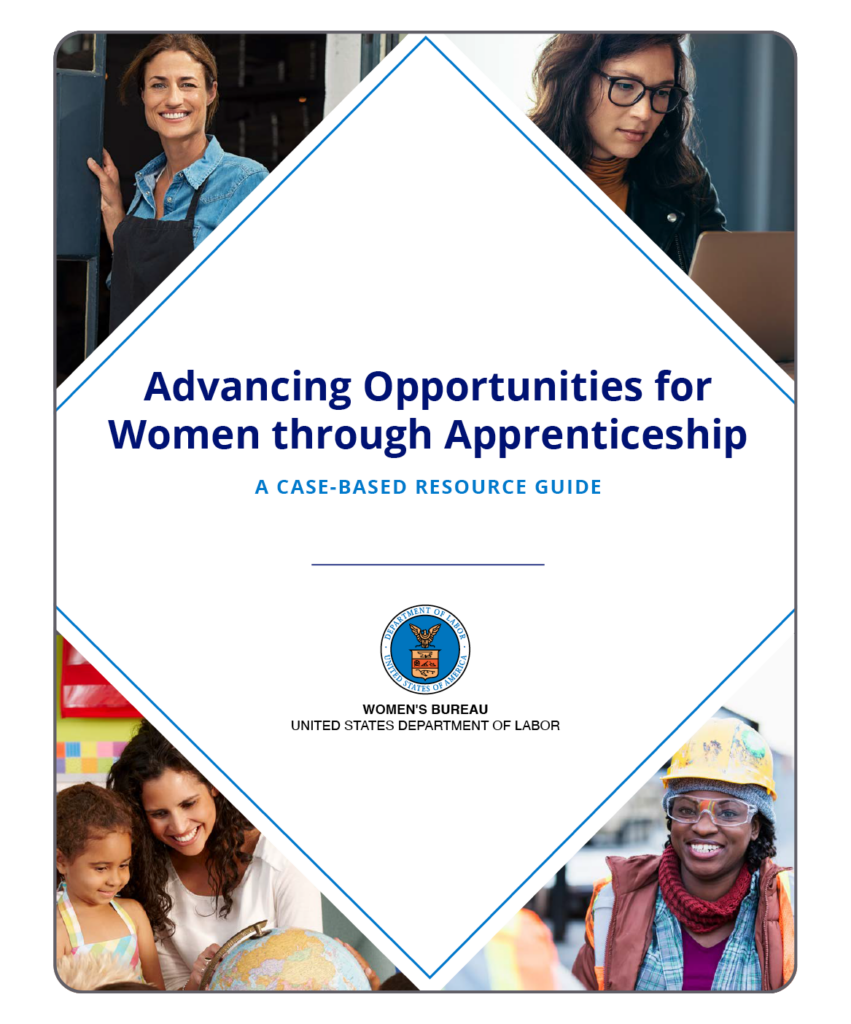
Advancing Opportunities for Women through Apprenticeship: A Case-Based Resource Guide
The Advancing Opportunities for Women through Apprenticeship case-based resource guide provides a framework for meaningful expansion of apprenticeship programs for women. The guide includes case studies on four high-quality, women-inclusive pre-apprenticeship and apprenticeship programs in a range of industry sectors.
Department of Labor
TOPICS: Apprenticeship, Career Pathways, Diversity, Equity, Inclusion, and Access, Mentorship, Policy and Planning, Retention
The case studies were developed through on-site visits to the program locations; interviews with program staff, partners, and current and former participants; and a review of program materials and data. They provide information and insights related to partnership development, program design, and outcomes that outline how pre-apprenticeship and apprenticeship programs can help women access family-sustaining jobs and quality career pathways. The guide identifies common strategies across the four programs to help others learn how to create programs that successfully open pathways to in-demand jobs for women through apprenticeships.
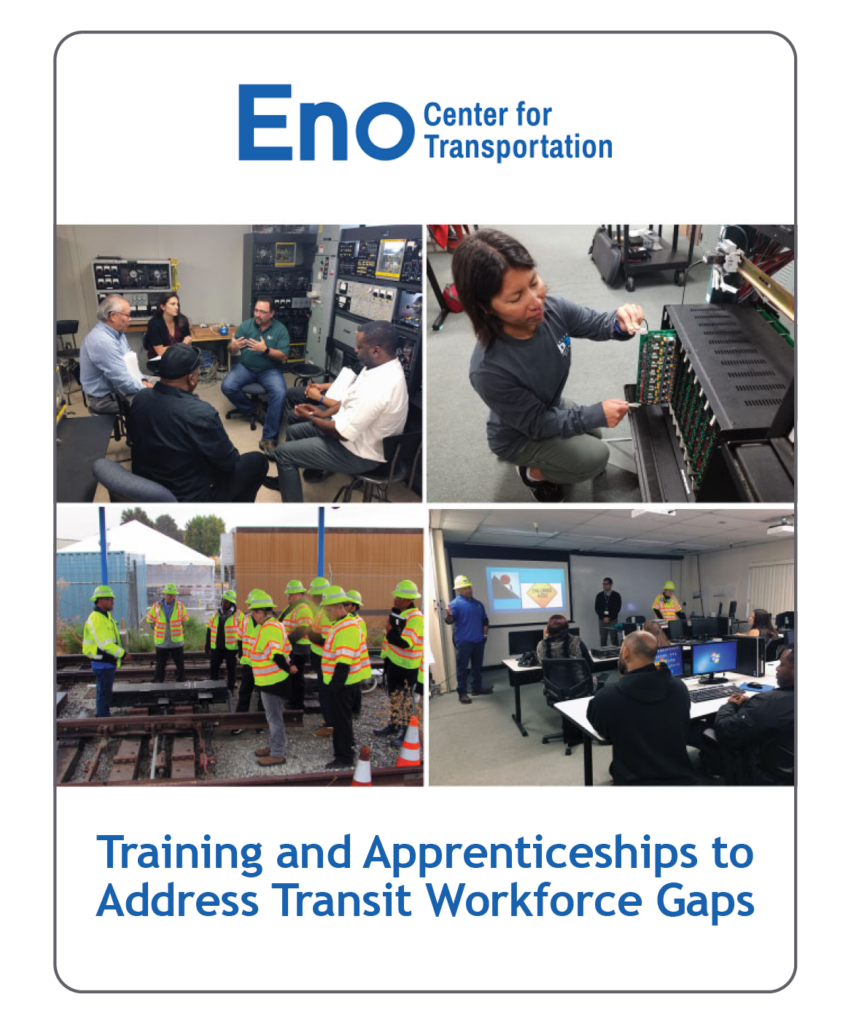
Training and Apprenticeships to Address Transit Workforce Gaps
This piece, penned by Jack Clark of the International Transportation Learning Center (ITLC), explores the role of training and apprenticeship programs in meeting workforce needs in transit, with a focus on operators. It discusses a few leading examples of apprenticeship programs in transit, as well as the role of mentorship in a strong apprenticeship program.
Eno Center for Transporation
August 2019
TOPICS: Apprenticeship, Career Pathways, Mentorship, Training
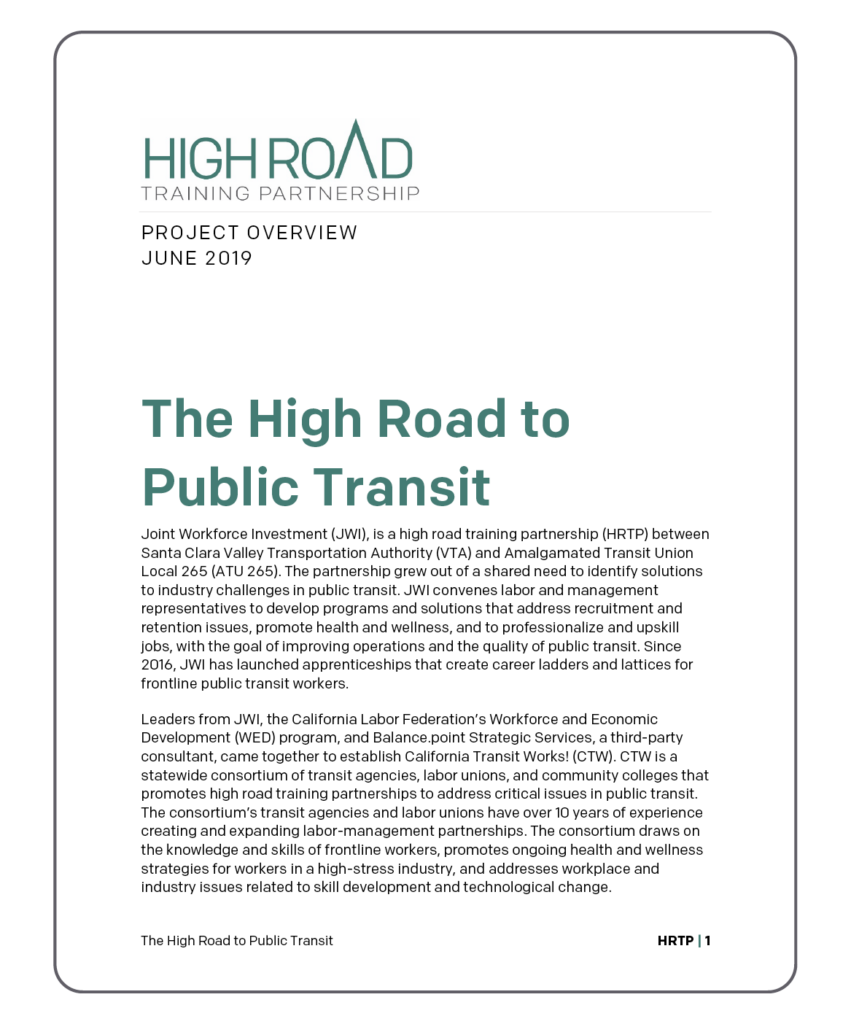
The High Road to Public Transit
This report provides a project overview of the high road training partnership (HRTP) in California between Santa Clara Valley Transportation Authority (VTA) and ATU Local 265 and the formation of California Transit Works (CTW).
California Workforce Development Board
June 2019
LEARN MORE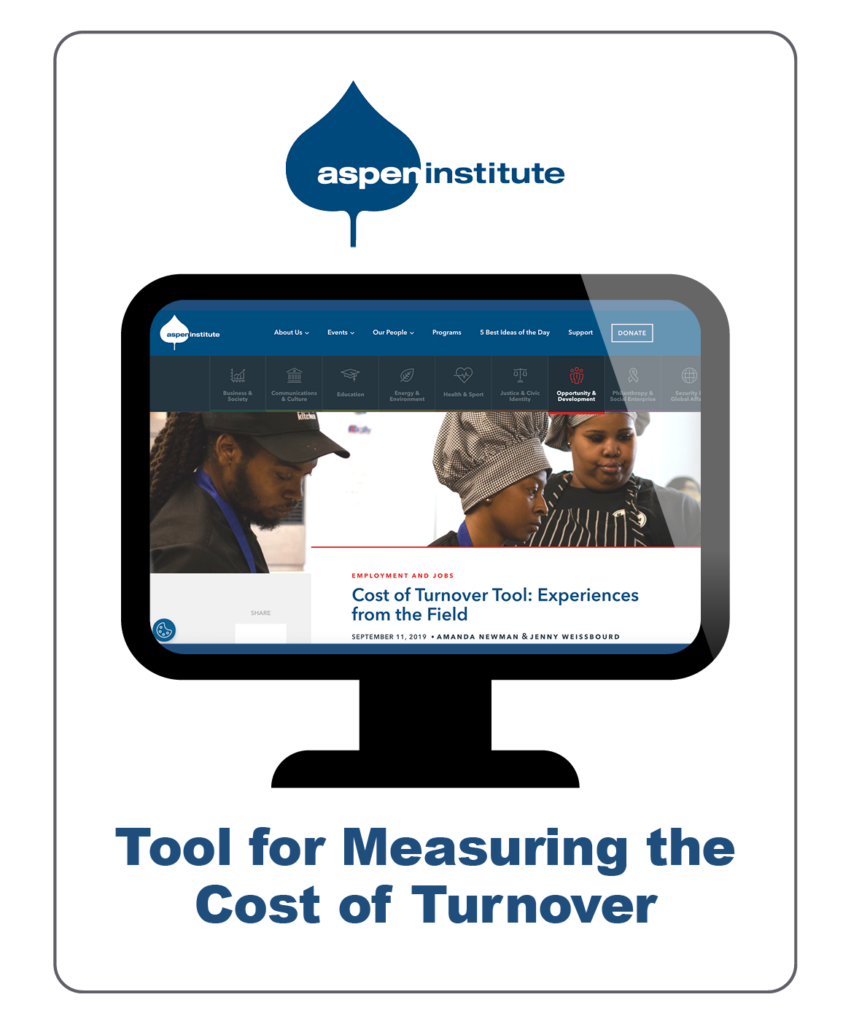
Tool for Measuring the Cost of Turnover
This Cost of Turnover Tool is a simple, “back of the envelope” calculator to help estimate how much it costs to replace staff. The tool can be useful for transit agencies looking to understand the costs of a low retention rate, or those looking to calculate the return-on-investment of mentoring or apprenticeship programs.
Aspen Institute
March 2019
LEARN MORE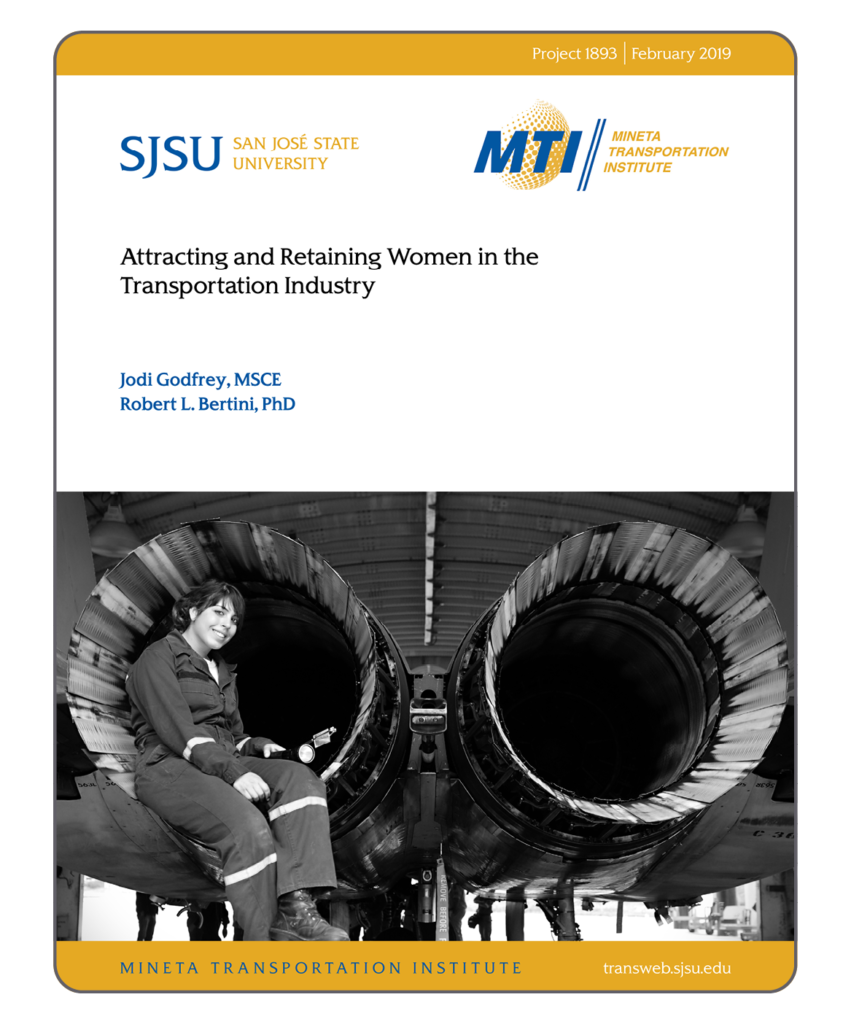
Attracting and Retaining Women in the Transportation Industry
This study synthesizes previously conducted research and identifies additional research needed to attract, promote, and retain women in the transportation industry, particularly emphasizing the importance of community-orientation and mentoring.





 CLEAR
CLEAR

